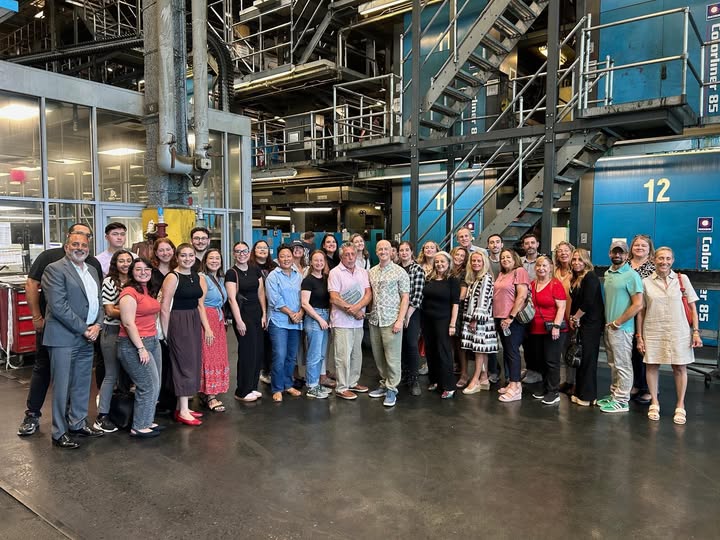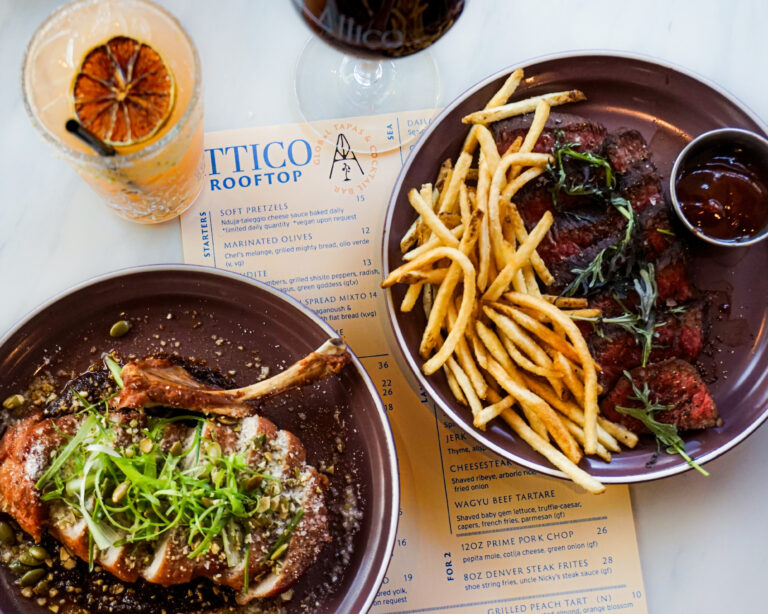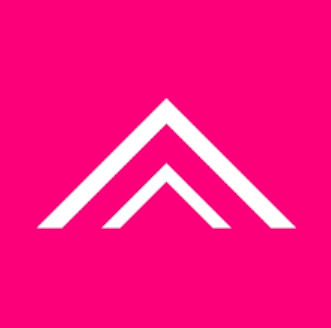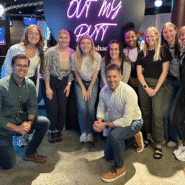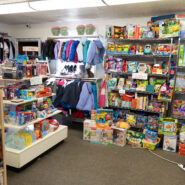Behind-the-Scenes of Resume Reading
I love my resume. Not in an egotistical way. I don’t keep printed copies on me that I can just whip out during an argument to stump my opponent with my listed skills and activities. It would be pretty hard for a 20-year-old sophomore in college to win a dispute with a meager assortment of food service jobs and office work anyway. I love my resume because it is unique to me, I can lay it out however I want, and I know that it’s going to expand and evolve just as quickly as I do (though I hope the literal expanding holds off for my part). But just the simple choice of font and typography to list all of my skills and experience is a gratifying thing to see on paper. I can’t help but love it a little.
I have a lot of friends who dread or minimize putting together a resume. More than once I’ve heard “what’s on this paper that I can’t tell an employer myself?” or “why do people get so worked up over the layout?” At times I’ve thought that I was crazy because nothing makes me happier than adding a new skill or experience to my resume. I’ve definitely begun to appreciate resumes more since working at the PA CareerLink on Spring Garden St. in Philadelphia.
In the past 6 months, I have seen a lot of behind-the-scenes action of how resumes are read and analyzed. Various supervisors have held up resumes and pointed out why they would be thrown in the “not qualified” pile from just a glance. Among the series of workshops offered at our service center is “The Do’s, Don’ts, and Whys of Resumes and Cover Letters.” I sat in on this workshop during my orientation in November and heard CareerLink members’ real struggles with updating resumes.
Older people, in their 40’s and 50’s who were reentering the workforce or looking for a new career were confused by the new requirements and importance of how items are listed. While it may be something that is second nature to me (thanks to having a hiring manager for a mother, I had a postage stamp-sized resume at the age of 15), I realize that multiple candidates for a job are ranked just as much by the appearance as the content of their resume.
 But perhaps the biggest discovery that I’ve made in relation to resumes during my time at the CareerLink is how developing technology is finally redefining the hiring process. The hot website that everyone will eventually be signed up with is LinkedIn. We’re living in an age with endless information a click away. Why would hiring managers and employers not use it to check facts against the person they’re considering? The workplace isn’t the only place that I’ve encountered the importance of LinkeIn.com.
But perhaps the biggest discovery that I’ve made in relation to resumes during my time at the CareerLink is how developing technology is finally redefining the hiring process. The hot website that everyone will eventually be signed up with is LinkedIn. We’re living in an age with endless information a click away. Why would hiring managers and employers not use it to check facts against the person they’re considering? The workplace isn’t the only place that I’ve encountered the importance of LinkeIn.com.
While obtaining extra credit for a class this semester, I attended a lecture about “How to Network on LinkedIn.” It provided such tips as “use your inbox”, “get personal”, “lend a virtual hand”, and “update often.” I learned a lot from the lecture, and went and explored the online tools that I hadn’t even known were available to me. While everyone in my age group might not have a LinkedIn profile, I’m sure almost all of us are aware that it exists. However, we’ll find out who truly paid attention and knows how to use it wisely when we’re all out in the workforce.
When I received an offer for an interview at the CareerLink, I thought that it was going to be my only new experience with interview and follow up etiquette for a while. I didn’t realize that after being hired there, every workday would consist of analyzing dozens of other people’s efforts to enter the workforce. It’s an invaluable learning experience because I see what others are doing wrong or right, and can apply it to my own efforts in the future. Every day is a front row seat to the resume-editing process!
